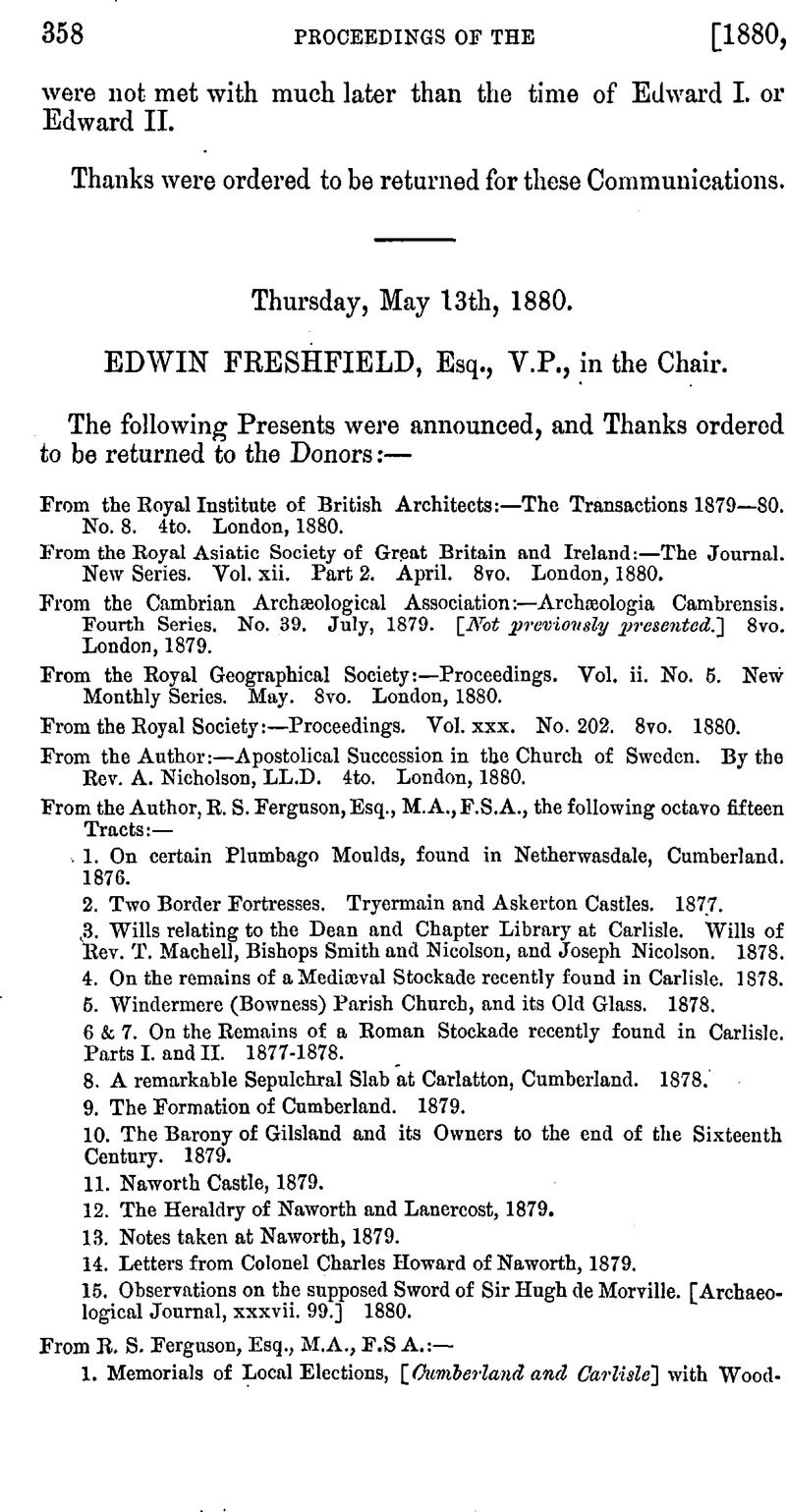No CrossRef data available.
Published online by Cambridge University Press: 10 May 2010

page 362 note * Lee's Translation, 2nd ed. vol. i. p. 449, pl. lxxxvii. fig. 7.
page 363 note * Lee, pl. cxv. fig. 15, pl. xxviii. fig. 8.
page 363 note † A mould of one of these bronze combs was met with in the terramare of Castione, near Parma. See Lee, vol. i. p. 386, pl. cxi. fig. 9.
page 363 note ‡ Lee, pl. lxxxix. fig. 3, pl. cxii. fig. 6, pl. cxv. fig. 6.
page 363 note § Lee, vol. i. p. 564, also pp. 501–504.
page 363 note ‖ See Lee, p. 501.
page 364 note * Lee, vol. i. p. 338, pl. clx. fig. 2.
page 364 note † Lee, pl. lxxxi. fig. 6.
page 364 note ‡ Lee, pl. lxxxi. figs. 2, 3.
page 364 note § Captain King, of the Royal Military College, states that the use of such benches or stools for supporting the head during sleep is very common also among the Chinese women, who delight in an elaborate head-attire. Such supports are mostly of light wood, plainly lacquered, but sometimes highly ornamented. On the top rests a round cushion, or pillow, tightly stuffed with millet seed, on which the head rests. Again, in Japan, both men and women use such sleeping supports. Mr. Lee's Notes to the Second Edition of his invaluable translation of Dr. Keller's Lake Dwellings, and the evidence therein supplied by Missionaries and Travellers, leave no room for doubt as to the use for which these crescent-shaped objects were intended. See vol. i. pp. 178, 338. See also plates lxxx. and lxxxi.
page 365 note * Hoare's Modern Wilts, Hund. of Heytesbury, pp. 205–6. Cf. Wilts Arch. Mag. vol. i. p. 237.
page 365 note † Hund. of Heytesbury, p. 206. Cf. ibid. p. 205.